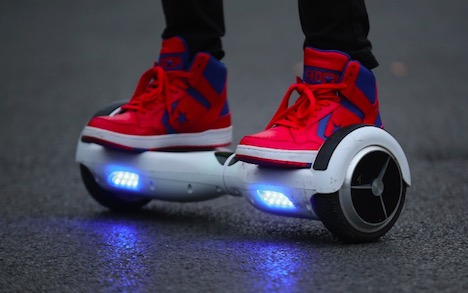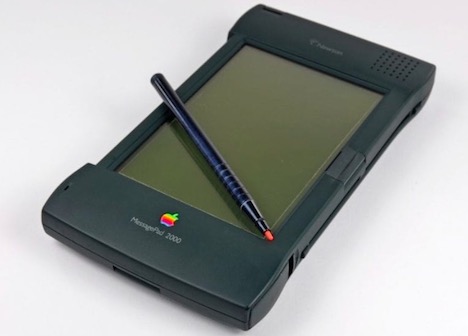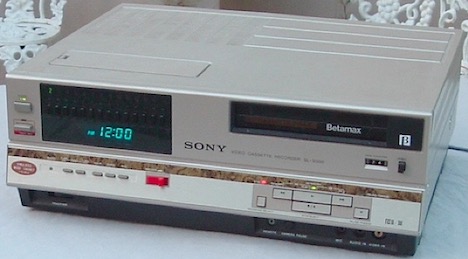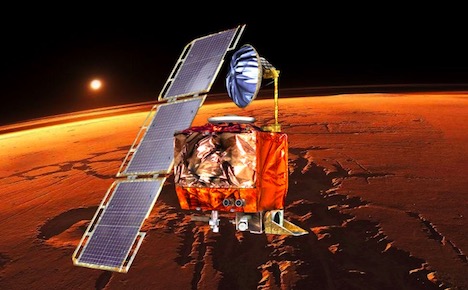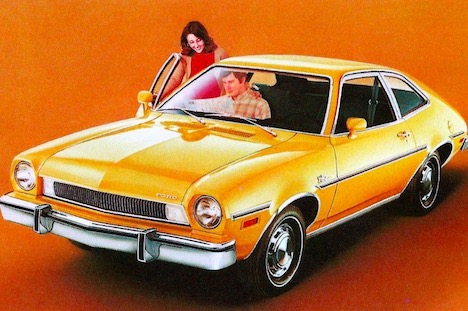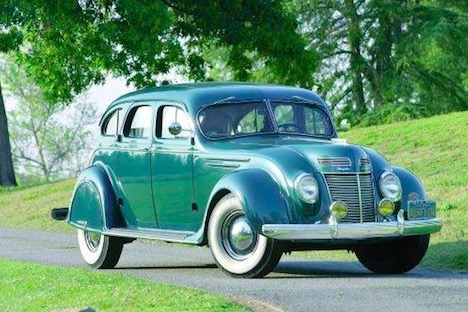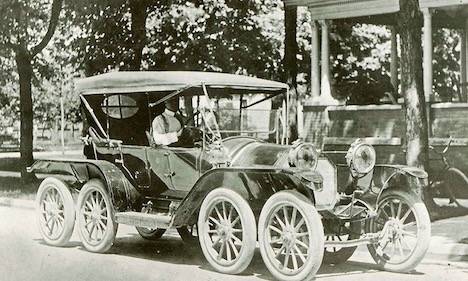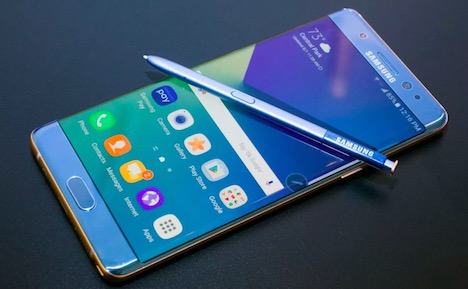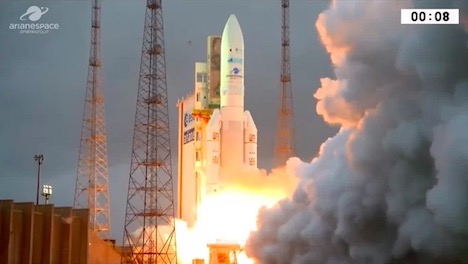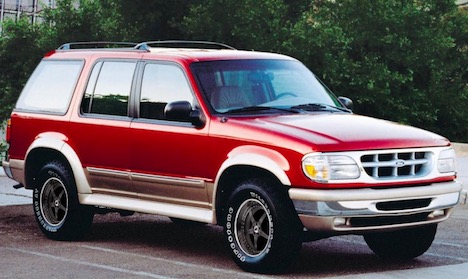Top 20 Most Impactful Technology Failures of All Time
While technological advancements have benefited our lives in countless ways, the road to success has often been plagued by half-starts and outright disasters. We’re not talking about minor glitches, like Adobe Flash causing computers to crash or smartphones failing to charge on wireless charging pads, but major blunders that have led to major financial losses, deaths, and disgruntled consumers.
Read on to discover some of these cringe-worthy horror stories and the negative footprints they’ve left.
1. Hoverboards
Trailblazing in all the wrong ways, hoverboards were extremely popular in early 2015—that is until their propensity for overheating and catching fire doused their popularity. Videos started popping up all over the Internet of hoverboards catching fire while being ridden or charged. Target and Amazon soon banned their sale, and so did several airlines and the United States Postal Service.
2. Apple Newton
Developed by Apple, the Newton was a major pioneer in the PDA (personal digital assistant) category of personal computers. It could take notes, store contact info, and recognize and translate handwriting into text.
However, the Newton’s high price ($700), bulky dimensions, and flawed handwriting recognition feature made it extremely unpopular with consumers. The device’s inability to recognize handwriting was mocked in popular culture, including an episode of The Simpsons. Eventually discontinued by Steve Jobs upon his return to Apple, the Newton was Apple’s last foray into the handheld market until the launch of the widely successful iPhone.
3. AOL
Originally known as America Online, AOL was a major player in the early days of the web. It’s Instant Messenger was an early pioneer of social media and instant messaging. At its height, AOL provided dial-up, email, and web browser services to millions of Americans. AOL eventually lost many of its subscribers to rivals with faster ISPs and free services and is now a shadow of its former self.
4. Sony Betamax
A major casualty in the videotape format war of the late 70s and early 80s, the Sony Betamax was the arch-rival of VHS. Even though Betamax was technically superior to the VCRs produced by VHS, the latter was cheaper and its tapes could hold longer hours of video. Consumers preferred the ubiquitous VHS and Betamax was eventually phased out.
5. Google Glass
Initially touted as a revolutionary piece of wearable tech, Google Glass was surrounded by a strong media buzz. However, many early reviewers considered its ability to secretly record videos “creepy” and consumers were turned off by its exorbitant price tag. Bars, restaurants, and other commercial establishments soon banned the use of Google Glass for security and ethical reasons, and Google discontinued the product in 2015.
6. Nintendo Virtual Boy
When it comes to virtual technology, few products were as blatantly misleading and poorly designed as the Nintendo Virtual Boy. Featuring a bulky head-mounted display, the games featured crude, low-resolution monstrosities that were far from VR. Eventually discontinued due to poor sales, the Virtual Boy did get the public to focus more on VR, paving the way for today’s VR pioneers.
7. Mars Climate Orbiter
Launched on December 11, 1998, by NASA, the Mars Climate Orbiter was destined for Mars. The robotic space probe was supposed to study the planet’s climate and pave the way for other missions. In 1999, the probe was lost somewhere in space at an estimated loss of $193m. The mishap stemmed from software developed by Lockheed Martin, which had converted a set of numbers into incorrect units. It remains one of NASA’s most embarrassing blunders.
8. Ford Pinto
Originally debuted in 1970, Ford’s Pinto was popular with consumers due to its compactness and affordability. Known as “The Little Carefree Car,” the Pinto was connected to 27 deaths due to its defective design. The vehicle lacked the traditional bumper that cushioned collisions and its gas tanks lacked reinforcements. As a result, when the Pinto was rear-ended, the fuel tank was likely to puncture and combust. Occupants were unlikely to escape as the doors had a tendency to jam shut upon impact.
Following 1972’s Grimshaw v. Ford Motor Company, Ford was ordered to pay millions in punitive and compensatory damages to victims.
9. Chrysler Airflow
Produced by Chrysler between 1934 and 1937, the Airflow featured a streamlined body which made it less susceptible to wind resistance. Decades ahead of its time, the Airflow also featured a unique chassis arrangement that improved weight distribution and provided better riding and handling. Far from being embraced by consumers, sales were poor and Chrysler was forced to discontinue the model. It remains a prominent example of a forward-looking vehicle that was rejected by the public.
10. OctoAuto
Refusing the embrace the standard four-wheel design for cars, Milton Reeves believed that six or even eight wheels would give passengers a smoother ride. While he’s considered a visionary for inventing the Variable Speed Transmission and muffler, Reeves is infamous for trying to sell the OctoAuto to the American public.
The OctoAuto had a second axle in the rear and one in the front, resulting in an elongated, eight-wheeled body. The public was turned off by the car’s high price tag and unwieldy design.
Auto manufacturers have learned their lesson following the OctoAuto’s flop. To date, vehicles with more than four wheels tend to be relegated to off-roaders and specialist vehicles.
11. Knight Capital Group
Once a major player in the global financial market, Knight Capital Group got into some very hot water on August 1, 2012, when it caused a major stock market disruption. An error in Knight Frank Group’s stock trading software algorithm caused the program to deploy millions of unapproved trades, leading the company to lose $440m in 30 minutes. Things went downhill pretty fast and Knight Frank Group was acquired by another company in December 2012.
12. Samsung Galaxy Note 7
One of the biggest tech scandals to hit Samsung, the Galaxy Note 7 debuted to rave reviews and strong sales. However, things turned dark pretty quickly when users reported that the handsets had a tendency to explode due to a battery defect. The Galaxy Note 7 caused fires in cars, homes, and hotel rooms, and numerous videos of the handset exploding were shared on social media.
Samsung offered buyers replacement handsets that were guaranteed not to explode—only to have many explode. By October 2016, production of all Note 7s was halted, causing the company to lose $17bn in sales.
13. Netscape
At its peak, the Netscape web browser was the industry leader and had over 90% market share. However, it’s preeminence was eventually overshadowed by other tech companies. The turning point in the 90’s browser war came in 1997 with the release of Internet Explorer 4. For the very first time, Internet Explorer was more functional than Netscape Communicator.
While Microsoft progressed with the release of Internet Explorer 5, Netscape floundered. When the latter’s release of Netscape 6 appeared, it was a sluggish, ungainly mess. Both the browser and the brand have since slid into oblivion.
14. Segway
Designed and marketed as a revolutionary new mode of transport, the Segway is a personalized motor scooter that riders control by leaning in one direction or another. Despite a major endorsement from Steve Jobs, the Segway never really took off with consumers. Maybe it was the shocking $5,000 price tag or the regulatory issues that accompanied it. While technically not a failure, it failed to live up to its hype and is now mainly used by mall cops and postal workers.
15. Ariane 5
Manufactured under the direction of the European Space Agency, the Ariane 5 was intended to study the Earth’s magnetosphere. Unfortunately, the plan went down in flames on June 4, 1996, when the first Ariane 5 rocket ignited its engines and began ascending. The rocket flipped 90 degrees in the wrong direction and eventually self-destructed in a ball of liquid hydrogen.
The European Space Agency estimated the total cost of Ariane 5’s development at $8bn. Widely acknowledged as the most expensive software glitch in history, the disaster was attributed to the software trying to stuff a 64-bit number into a 16-bit space.
16. Air France Flight 4590 Concorde
On July 25, 2000, Air France flight 4590 left Charles de Gaulle Airport and went down almost immediately after takeoff. The plane landed in Gonesse, a Parisian suburb. The crash, which was the first fatal crash in Concorde’s 24 years of regular passenger service, killed all 109 passengers and four people on the ground.
A previous takeoff from another flight had left a piece of titanium alloy strip on the runway. During flight 4590’s takeoff, a piece of the debris ruptured the plane’s left tires. The tire disintegrated and a piece was lodged under the fuel tank, leading to a leak and ignition. Following the disaster, both Air France and British Airways installed new tires on their planes that could repel titanium strips at high speeds.
17. Serpukhov-15 bunker False Alarm
A major software glitch in 1983 could have started World War Three. The glitch occured in the Soviet Union’s early warning system, which sent an alert that the United States had launched five ballistic missiles. The officer on duty, Lieutenant Stanislav Petrov, said he had a “funny feeling in his gut” that the alert was incorrect. He further reasoned that if the US was really attacking the USSR, there would have been more than five missiles.
Petrov did not fully trust the accuracy of the early warning system and reported the detection to his superiors as a false alarm. His smarts prevented a disaster—which just goes to show that human analysis is still needed to guide technology.
18. General Motors EV1
Before there was Tesla, General Motors had the EV1, the first mass-produced electric car. Available between 1996 and 1999, the EV1 was a hit with green-minded consumers, but was eventually scrapped by GM, which ultimately decided that producing electric cars was unprofitable. The rollout of the EV1 was riddled with other shortcoming that crippled its success: First, the car was only available in California and Arizona, as colder climates could harm its battery life. Second, the EV1 was never sold, only leased to consumers.
Amidst protests from environmental groups and electric car enthusiasts, the program was scrapped and most EV1s were sent to the crushers. However, the current success of Tesla proves that there is a market for these cars, and more commercially viable variants are likely to appear in the future.
19. 1991-2001 Ford Explorer
The Ford Explorer was extremely popular with consumers during the 90s, but eventually lost its prominence in the market after the Rollover and Firestone Tire Controversy. It was discovered that the early generation Explorers were top-heavy and had a tendency to rollover during emergency handling maneuvers. What’s more, many Explorers were outfitted with Firestone tires, which had tread separation issues.
The combined effect of these flawed designs led to 240 deaths and 3,000 catastrophic injuries. Ford recalled the Explorers in 2001 and replaced more than 6.5 million faulty tires. Even though the model was redesigned in 2002, it never regained its prominence in the SUV market.
20. DeLorean DMC-12
The DeLorean DMC-12, which was made famous by the Back to the Future franchise, had a very checkered real-world history. Manufactured by John DeLorean’s DeLorean Motor Company, the DMC-12 was plagued by numerous issues, including poor engine ventilation, heavy gull-wing doors, and a badly conceived design.
The DMC-12’s substandard reputation and high price tag kept sales low, and its fate was sealed when the company went bust in the early 80s.
Tags: gadget, technology




